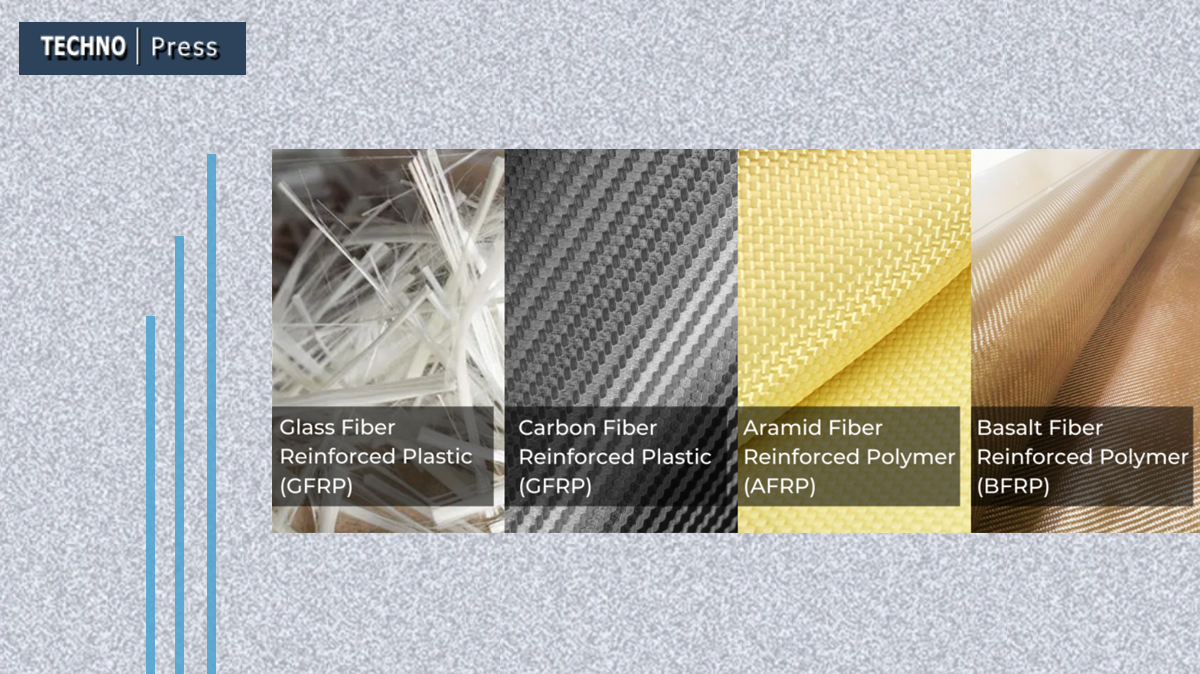Predicting strength and strain of circular concrete cross-sections confined with FRP under axial compression by utilizing ANN
By Yaman Sami Shareef | Computers and Concrete
https://doi.org/10.12989/cac.2024.34.1.093
One well-known reason for using Fiber Reinforced Polymer (FRP) composites is to improve concrete strength and strain capacity via external confinement. Hence, various studies have been undertaken to offer a good illustration of the response of FRP-wrapped concrete for practical design intents. However, in such studies, the strength and strain of the confined concrete were predicted using regression analysis based on a limited number of test data. This study presents an approach based on artificial neural networks (ANNs) to develop models to predict the strength and strain at maximum stress enhancement of circular concrete cross-sections confined with different FRP types (Carbone, Glass, Aramid). To achieve this goal, a large test database comprising 493 axial compression experiments on FRP-confined concrete samples was compiled based on an extensive review of the published literature and used to validate the predicted artificial intelligence techniques. The ANN approach is currently thought to be the preferred learning technique because of its strong prediction effectiveness, interpretability, adaptability, and generalization. The accuracy of the developed ANN model for predicting the behavior of FRP-confined concrete is commensurate with the experimental database compiled from published literature. Statistical measures values, which indicate a better fit, were observed in all of the ANN models. Therefore, compared to existing models, it should be highlighted that the newly developed models based on FRP type are remarkably accurate.

